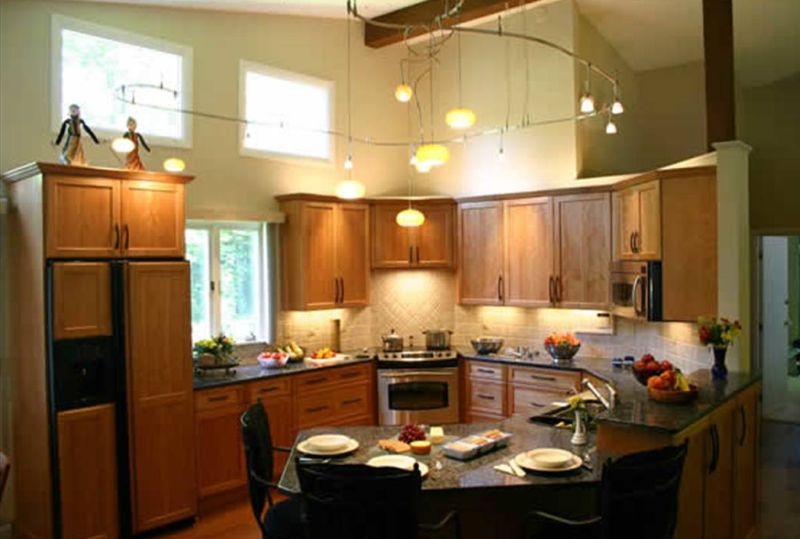Squaring a Sliding Table Saw
Advice on how to adjust the fence on a slider to restore its ability to make accurate, precise cuts. January 13, 2015
Question
I moved my saw and I need to re-adjust everything and make sure the sliding table and fences are square. Other than a few minor adjustments I haven't done this for quite a few years so I forgot all the little tricks. I looked in the manual, but can't find much help. Iím wondering if there is a resource somewhere that can help me out with all the steps and adjustments to square up my saw. I was also wondering what everyone uses on their slides on the sliding table for lubricant. My dealer who is no longer around recommended WD-40. Is this is the best product or is there something better?
Forum Responses
(Cabinetmaking Forum)
From contributor L:
I cannot tell you anything about adjusting your saw but I would not use WD-40 as it has an abrasive in it.
From contributor J:
I use this on my table top and on the races of the sliding table and it works very well. It just needs frequent application.
From contributor H:
I don't know where the adjusting screws are on you saw (have Altendorf) but to check for square I'd do a "5 cut " trim one edge of a part (as large as you have say 4x4) then turn the part so that the previous cut edge is against the fence and re-cut. The fifth cut remove say a half inch of material and check that both ends are the same thickness. If not adjust the fence, you have four times the error so a little adjustment goes a long way.
From contributor L:
As suggested use the five cut method for setting cross fence to square. If the blade is healing you will need to loosen the Trunion's mounting to the frame and use a clamp to move them in a controlled manner. Use either a dial indicator or feeler gauges to check the blade parallelism to the sliding table. Have the blade at full up, mark one reference tooth and move the slider for and aft. This becomes a tricky adjust because it is easy to have the trunions not fully seated when you think you have gotten there. They have to be parallel with each other or they will be on a bind. Before tightening the bolts clamp the two parts of the trunion together to insure they are fully seated and parallel. Adjusting the tilt stops is easy with the stop bolts inside the cabinet. Adjusting the rip fence is obvious.
From Contributor L:
The correct term is heeling which means the blade isn't cutting parallel. A simple test for that is to cut a piece of MDF on the slider. If the blade is parallel you will see the blade tooth marks on both pieces you cut. If you see the front tooth marks on the right side of the test piece and the rear blade tooth marks on the left side of the test piece your blade isn't parallel. We used this method to adjust the blade on a Giben beam saw. There was no other way to get an indicator in the carriage housing and this method was extremely accurate and simple to teach to the guys running the saw.
Itís even simpler than the 5 cut method is the "rip and flip". Take a half sheet of plywood and rip it to make sure the sides are perfectly parallel. Rotate it 90 degrees and crosscut it on the slider then flip over and cut the opposite edge. By checking the width on the farthest edge and comparing the closer edge you can see how much it's off and adjust accordingly until it's minimal. WD-40 doesnít have abrasives in it, but it does attract dust and makes sliders bind. How do I know that Ė by experience and jammed sliders. Sprayway SW295 Dry Lube is your best option.
From Contributor Y:
For the rip fence the two long bolts that hold the rip bar on have a nut on the front and the back of a threaded bolt where it passes through the table and outfeed. Adjust the nuts to move the fence in or out. On a crosscut the outside bolt that holds the fence on will have an eccentric center. It can be loosened with an allen key and turned left or right to adjust the fence. Be careful as others have said. Small movements end up being a lot on the sheet. Use the five cut method to square it up. Make a cut and continue to rotate the newly cut edge to the crosscut fence. Check corner to corner after cut four times. Check parallel also.
